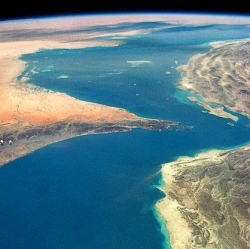
Back in the 1980’s, we weren’t in the least concerned about spraying hairsprays, paints, and other chlorofluorocarbons (CFCs) in the atmosphere. Then scientists discovered something shocking: the ozone layer above Earth had a hole in it, and it was there because of all those CFCs.
Fortunately, a worldwide ban on CFCs was put in place in 1989, but the damage was done: it would take decades for the ozone to heal. Unfortunately, according to a group of scientists at NASA’s Goddard Space Flight Center, that hole won’t complete healing until at least 2070.
The Earth’s ozone layer is important because it filters out much of the sun’s harmful UV radiation. Without it, we humans would fry. Having a large hole in the ozone layer, mostly above Antarctica, is a very bad thing. Even after banning CFCs, we have only seen small improvements in its healing process. Of course, this might be because the healing has been so small from year to year and the size of the hole was initially underestimated. Scientists also believe that the hole over Antarctica is also affected by winds and temperature.
There is good news, though: scientists expect to see substantial evidence of the ozone healing in around 10 years, and it might even heal faster than expected. Although, scientists initially estimated that chlorine levels in the ozone hole would decrease about 5 percent in the next 10 years, they’re noticing lower levels at about 5 percent per year instead. Once those levels continue to drop, the hole should begin shrinking in size.
This news shows that with even small changes, like banning certain substancesand activities, we can reverse some of the damage we have inflicted upon the planet. It also shows that the planet is much more resilient than we thought.
